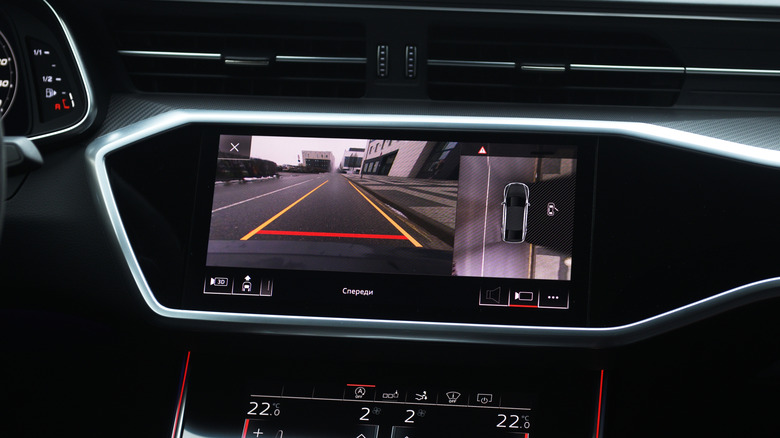What Are The Different Lines On Your Car's Backup Camera Display For?
The lines on your backup camera serve distinct, practical purposes. Most vehicles display two types: static and dynamic. Static lines never move. They're fixed overlays meant to show consistent distances behind your vehicle, usually broken into green, yellow, and red zones to indicate safe, caution, and danger areas. These lines help you judge how close you are to an obstacle and are especially useful in tight spots.
Dynamic lines, on the other hand, shift based on your steering input. Turn the wheel, and the lines arc, showing the predicted path of your vehicle. This real-time feedback is key when parallel parking or angling into a narrow garage. But while dynamic lines are helpful, they aren't foolproof. They show where the car will go if you maintain your current wheel position, not necessarily where you should go. Misreading them can lead to overconfidence.
Both line types have pros and cons. Static lines offer reliable distance markers but lack movement guidance. Dynamic lines help visualize movement, but can confuse unfamiliar users. Combine them with mirrors and your own judgment. The backup camera is just a tool (which can sometimes stop working), not a replacement for spatial awareness. If you are considering buying one, here are four of the most highly rated backup camera systems.
What the colors mean and how far they go
Most backup camera guidelines are color-coded. Green usually covers the first few feet, safe territory. Yellow signals you're getting close to something and should slow down. Red means stop. Hard stop. These zones are designed to help you react quickly without guessing. The red zone typically represents about 18 inches or less from your bumper, which means if something's in that space, you're likely at risk of hitting it or being unable to open your trunk.
Depending on your car, these zones may stretch around 6 feet back from your camera. But don't assume all guidelines are equal. Toyota, for instance, uses blue instead of green and yellow, with a horizontal red line that marks the danger zone. Some models also show a 1-meter line for quick visual reference. The point is, manufacturers do it differently. If you're unsure what the colors on your display mean, check the owner's manual. Also, keep in mind these lines are calibrated for flat, level ground.
Some systems go beyond basic guidance. Some let you switch between wide, normal, and top-down views to help with different angles. These options can help in very tight spaces, especially in big SUVs or RVs. Other displays include middle lines to help you center the car in a parking space.
Use the lines as a guide, not gospel. They work best when paired with real-world checks. Reversing cameras might be one of the best modern car safety features available today, but they are not perfect.

